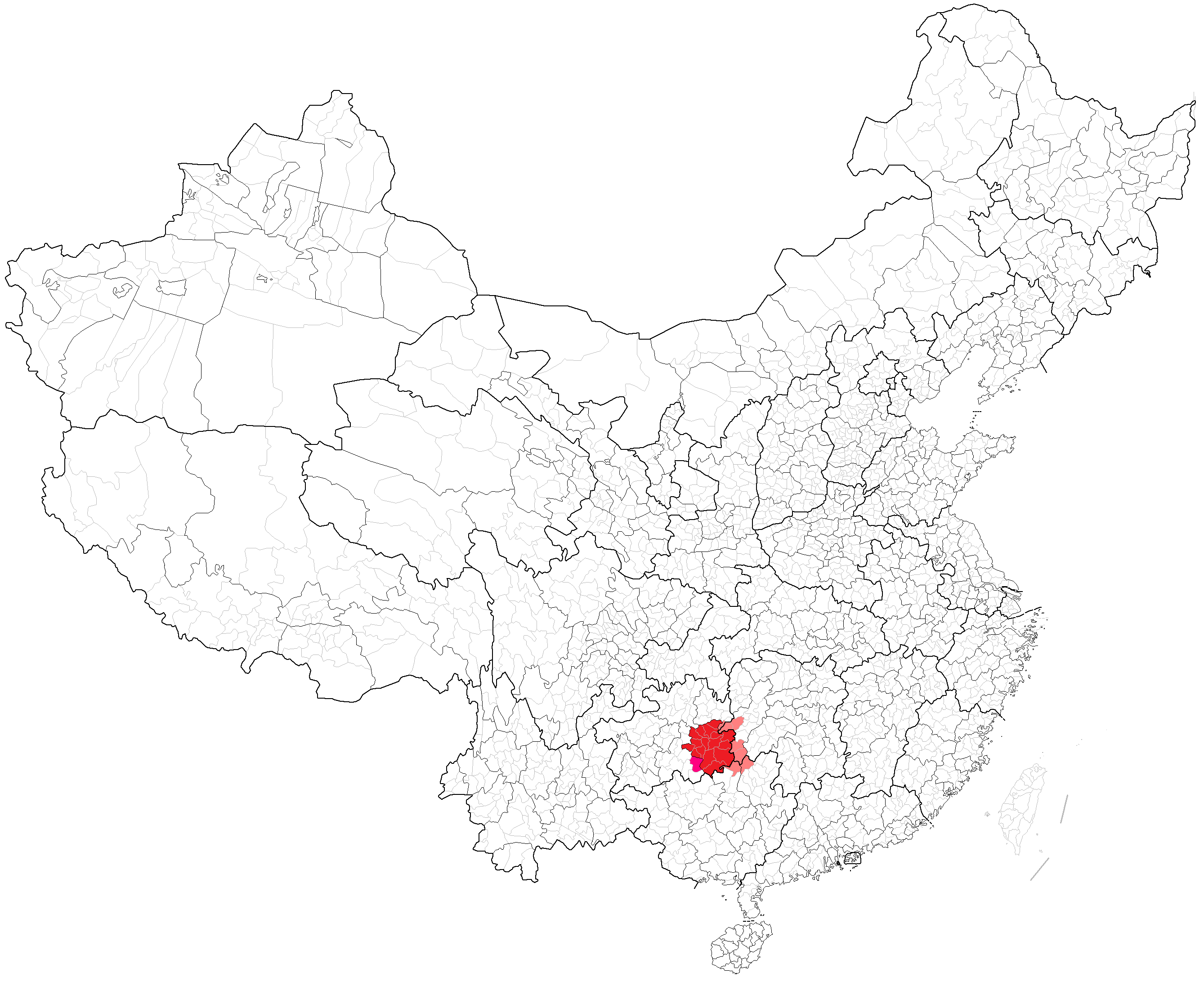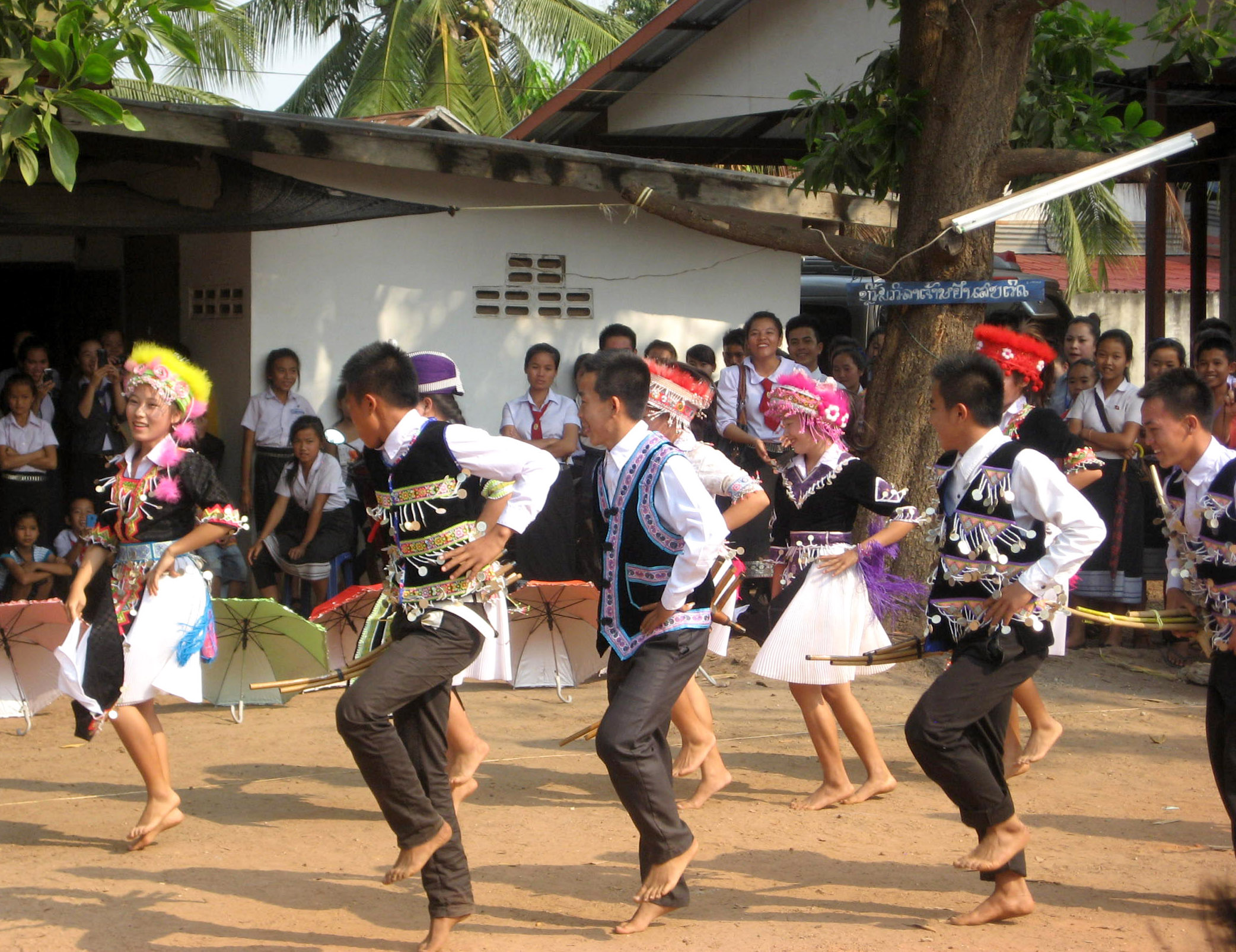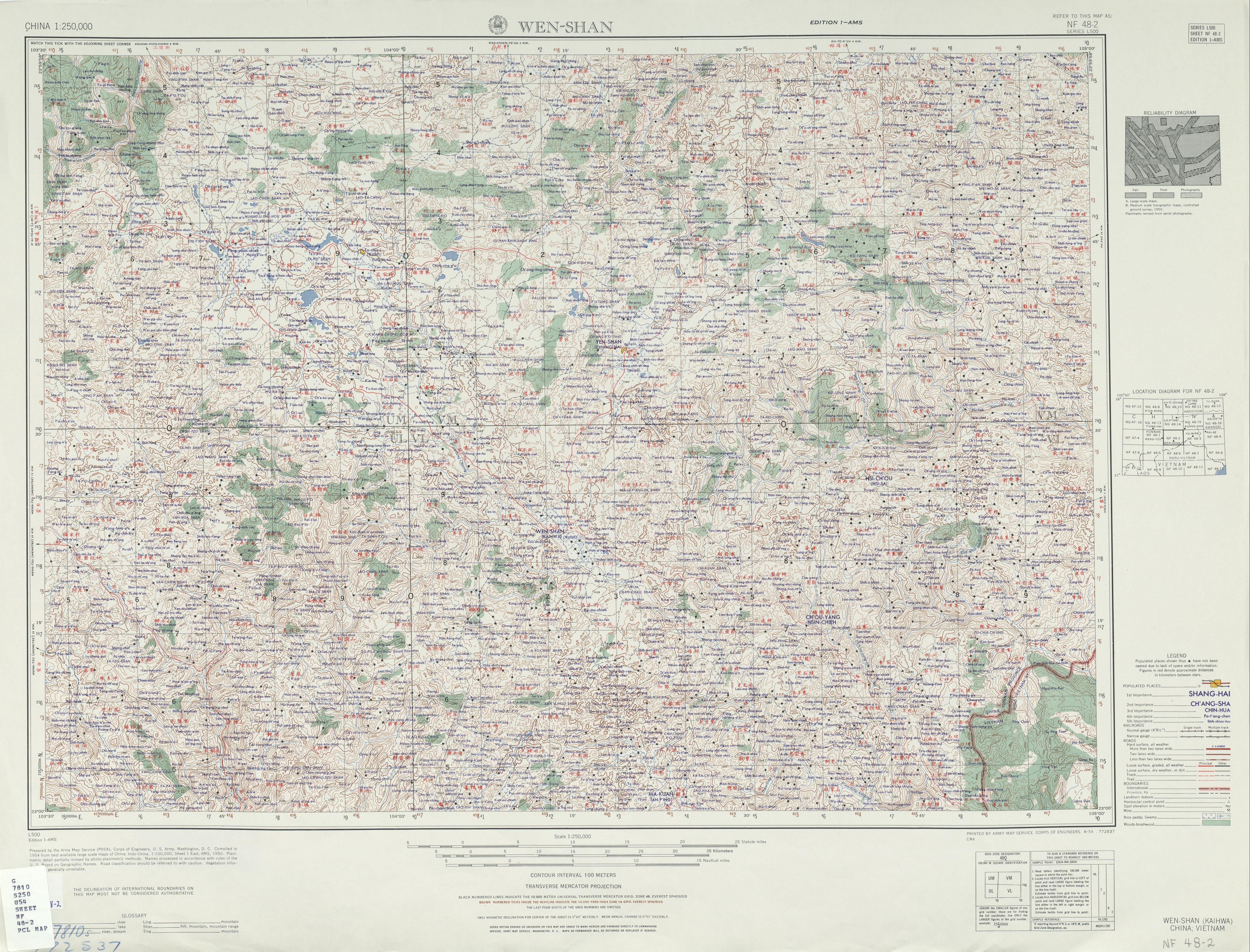|
Yunnan Zhuang Customs And Culture
This article lists the various Zhuang customs and culture of Wenshan Zhuang and Miao Autonomous Prefecture, Yunnan, China (Johnson & Wang 2008). Literature The Zhuang peoples of Yunnan and Guangxi have a rich written and unwritten literature (Johnson & Wang 2008). Classic texts of the Zhuang religion Mo *bone carvings as instruments for fortune-telling *''Swqmo'': records of Zhuang history, ethnic relations, astronomy, farming technology, literary arts, religious beliefs, customs and traditions, and so on. *''Swqdugzaeq'': ("Chicken Divination Scriptures") *''Swqyaq:'' traditional medicine guides *''Swqlwnz'': folk songbooks *''Paeng'zong'': banners hung during sacrifice ceremonies for funerals *''Paengban'': long banners hung during sacrifice ceremonies to repel evil *''Paengsaeh'': banners hung during animal sacrifices for religious ceremonies Folk literature Zhuang folk literature often takes the form of songs. There are various folk tales, myths, legends, and historical p ... [...More Info...] [...Related Items...] OR: [Wikipedia] [Google] [Baidu] |
Zhuang People
The Zhuang (; ; za, Bouxcuengh, italic=yes; ) are a Tai-speaking ethnic group who mostly live in the Guangxi Zhuang Autonomous Region in Southern China. Some also live in the Yunnan, Guangdong, Guizhou, and Hunan provinces. They form one of the 56 ethnic groups officially recognized by the People's Republic of China. With the Bouyei, Nùng, Tày, and other Northern Tai speakers, they are sometimes known as the Rau or Rao people. Their population, estimated at 18 million people, makes them the largest minority in China, followed by the Hui and Manchu. Etymology The Chinese character used for the Zhuang people has changed several times. Their autonym, "Cuengh" in Standard Zhuang, was originally written with the graphic pejorative , (or ''tóng'', referring to a variety of wild dog).漢典.獞. Chinese. Accessed 14 August 2011. 新华字典, via 中华昌龙网. 字典频道.". Chinese. Accessed 14 August 2011. Chinese characters typically combine a semantic element or radi ... [...More Info...] [...Related Items...] OR: [Wikipedia] [Google] [Baidu] |
Xichou County
Xichou County () is under the administration of the Wenshan Zhuang and Miao Autonomous Prefecture, in the southeast of Yunnan province, China. Administrative divisions In the present, Xichou County has 2 towns and 7 townships. ;2 towns * Xisa () * Xingjie () ;7 townships Ethnic groups The ''Xichou County Gazetteer'' () of 1996 lists the following ethnic subgroups. *Han *Zhuang *Miao *Yao *Yi **Luoluo 倮倮 ***Flowery Luo 花倮 ***White Luo 白倮 ***Black Luo 黑倮 ***Chinese Luo 汉倮 **Pula 朴喇 **Mengwu 孟乌 *Mongol Transport *Nearest airport: Wenshan Airport Wenshan Puzhehei Airport is an airport serving Wenshan City in Yunnan Province, China. It is located 6 km from the center of Yanshan County and 25 km from Wenshan City. Airlines and destinations [Baidu] |
Dong People
The Kam people, officially known in China as Dong people (; endonym: , ), a Kam–Sui people of Southern China, are one of the 56 ethnic groups officially recognized by the People's Republic of China. They are famed for their native-bred ''Kam Sweet Rice'' (), carpentry skills and unique architecture, in particular a form of covered bridge known as the "wind and rain bridge" (). The Kam people live mostly in Eastern Guizhou, Western Hunan and Northern Guangxi in China. Small pockets of Kam speakers are found in Tuyên Quang Province in Vietnam. The Kam people call themselves Kam, Geml, Jeml or Gaelm. History The Kam are thought to be the modern-day descendants of the ancient Liáo (僚) peoples who occupied much of southern China.D. Norman Geary, Ruth B. Geary, Ou Chaoquan, Long Yaohong, Jiang Daren, Wang Jiying (2003). ''The Kam People of China: Turning Nineteen''. (London / New York, RoutledgeCurzon 2003). . Kam legends generally maintain that the ancestors of the Kam migrate ... [...More Info...] [...Related Items...] OR: [Wikipedia] [Google] [Baidu] |
Zhuang Customs And Culture
The Zhuang have a rich variety of customs and culture. Festivals "Sam Nyied Sam" the 3rd day of the 3rd month of the Chinese lunar calendar is one of the main festivals of the Zhuang celebrated by singing, dancing, games, and special food. At this time traditionally young men and women sing antiphonal songs to each other. *festival of the ancestor sacrifice of the 7th lunar month *the ''Duanwu'' medicine festival *Buffalo King Festival - celebrated in Niutouzhai Village, Wenshan County, where there is a Buffalo King Temple. The Zhuang have long worshipped the water buffalo. *bullfighting festival *Firstfruits Festival *Zhuang children's festival; dates chosen by each individual village Stories The Zhuang peoples of Yunnan and Guangxi have a rich tradition of written and unwritten stories.Johnson & Wang 2008 Zhuang folk stories often take the form of songs. There are various folk tales, myths, legends, and historical poems and chants. For over one thousand years they have us ... [...More Info...] [...Related Items...] OR: [Wikipedia] [Google] [Baidu] |
Hmong Customs And Culture
The Hmong people are an ethnic group currently native to several countries, believed to have come from the Yangtze river basin area in southern China. The Hmong are known in China as the ''Miao'', which encompasses not only Hmong, but also other related groups such as Hmu, Qo Xiong and A-Hmao. There is debate about usage of this term, especially amongst Hmong living in the West, as it is believed by some to be derogatory, although Hmong living in China still call themselves by this name. Throughout recorded history, the Hmong have remained identifiable as Hmong because they have maintained the Hmong language, customs, and ways of life while adopting the ways of the country in which they live. In the 1960s and 1970s, many Hmong were secretly recruited by the American CIA to fight against communism during the Vietnam War. After American armed forces pulled out of Vietnam, a communist regime took over in Laos and ordered the prosecution and re-education of all those who had fought ... [...More Info...] [...Related Items...] OR: [Wikipedia] [Google] [Baidu] |
Panax Notoginseng
''Panax notoginseng'' is a species of the genus ''Panax'', and it is commonly referred to in English as Chinese ginseng * or notoginseng. In Chinese it is called ''tiánqī'' (), tienchi ginseng, ''sānqī'' () or ''sanchi'', three-seven root, and mountain plant. ''P. notoginseng'' belongs to the same scientific genus as ''Panax ginseng''. In Latin, the word ''panax'' means "cure-all", and the family of ginseng plants is one of the best-known herbs. ''P. notoginseng'' grows naturally in China. The herb is a perennial with dark green leaves branching from a stem with a red cluster of berries in the middle. It is both cultivated and gathered from wild forests, with wild plants being the most valuable. The Chinese refer to it as three-seven root because the plant has three petioles with seven leaflets each. It is also said that the root should be harvested between three and seven years after planting it. Chinese medicine In traditional Chinese medicine, ''P. notoginseng'' ... [...More Info...] [...Related Items...] OR: [Wikipedia] [Google] [Baidu] |
Bronze Drum
Bronze drums are ancient artifacts found in various cultures in Southeast Asia and southern China. The drums were cast in bronze using the lost-wax casting method. The drums were both musical instruments and cult objects. They are decorated with geometric patterns, scenes of daily life and war, animals and birds, and boats. History The earliest written records describing the drum appeared in the ''Shi Ben'', a Chinese book dated from the 3rd century BC. The Hou Hanshu, a late Han dynasty book dated to the 5th century AD, describes how the Han dynasty general Ma Yuan collected bronze drums from northern Vietnam to melt down and recast into bronze horses. Bronze drums are venerated in Vietnamese folk religion. ''Thần Đồng Cổ'' (bronze drum god) along with excavated bronze drums were worshipped in several temples such as the Đồng Cổ Temple in Thanh Hóa and the Cao Sơn Temple in Hanoi. The 14th century book '' Việt Điện U Linh Tập'' mentioned the Bronze drum cu ... [...More Info...] [...Related Items...] OR: [Wikipedia] [Google] [Baidu] |
Duanwu
The Dragon Boat Festival ( zh, s=端午节, t=端午節) is a traditional Chinese holiday which occurs on the fifth day of the fifth month of the Chinese calendar, which corresponds to late May or June in the Gregorian calendar. Names The English language name for the holiday is Dragon Boat Festival, used as the official English translation of the holiday by the People's Republic of China. It is also referred to in some English sources as Double Fifth Festival which alludes to the date as in the original Chinese name. Chinese names by region ''Duanwu'' (), as the festival is called in Mandarin Chinese, literally means "starting/opening horse", i.e., the first "horse day" (according to the Chinese zodiac/Chinese calendar system) to occur on the month; however, despite the literal meaning being '' wǔ'', "the ay of thehorse in the animal cycle", this character has also been interchangeably construed as ''wǔ'' () meaning "five". Hence ''Duanwu'', the "festival on the fifth day ... [...More Info...] [...Related Items...] OR: [Wikipedia] [Google] [Baidu] |
Guangnan County
Guangnan County (; Zhuang: ) is located in Wenshan Zhuang and Miao Autonomous Prefecture, Yunnan province, China. The seat of Guangnan, known today as Liancheng (), was the heart of the Gouding Kingdom () that lasted approximately 400 years, from 111 BC to 316 AD. Administrative divisions In the present, Guangnan County has 7 towns and 11 townships. ;7 towns ;11 townships Climate Guangnan, as with much of southern Yunnan, has a warm humid subtropical climate (Köppen ''Cwa''), with muddled distinction between the seasons and daytime temperatures remaining warm year-round. The warmest and coolest months are July and January, respectively at and ; the annual mean is . May thru September accounts for nearly 75% of the annual rainfall of Ethnic groups The following information in this section is from the ''Guangnan County Gazetteer'' () (2001). *Han *Zhuang *Miao **White Miao 白苗 (or Menglou 蒙娄) **Sinicized Miao 汉苗 Lopsided Miao 偏苗 (or Mengsha 蒙纱) * ... [...More Info...] [...Related Items...] OR: [Wikipedia] [Google] [Baidu] |
Water Buffalo
The water buffalo (''Bubalus bubalis''), also called the domestic water buffalo or Asian water buffalo, is a large bovid originating in the Indian subcontinent and Southeast Asia. Today, it is also found in Europe, Australia, North America, South America and some African countries. Two extant types of water buffalo are recognized, based on morphological and behavioural criteria: the river buffalo of the Indian subcontinent and further west to the Balkans, Egypt and Italy and the swamp buffalo, found from Assam in the west through Southeast Asia to the Yangtze valley of China in the east. The wild water buffalo (''Bubalus arnee'') most likely represents the ancestor of the domestic water buffalo. Results of a phylogenetic study indicate that the river-type water buffalo probably originated in western India and was domesticated about 6,300 years ago, whereas the swamp-type originated independently from Mainland Southeast Asia and was domesticated about 3,000 to 7,000 years ago ... [...More Info...] [...Related Items...] OR: [Wikipedia] [Google] [Baidu] |
Wenshan Zhuang And Miao Autonomous Prefecture
Wenshan Zhuang and Miao Autonomous Prefecture is an autonomous prefecture in southeastern Yunnan Province, People's Republic of China and the easternmost prefecture-level division of the province. It borders Baise, Guangxi to the east, Vietnam's Hà Giang Province to the south for , Honghe Hani and Yi Autonomous Prefecture to the west and Qujing to the north. Subdivisions Ethnic groups Wenshan is highly diverse. According to a local saying, "Han and Hui live by the market, Zhuang and Dai live by the water, Miao and Yi live on the mountains, and Yao live among the bamboos." () Some of Wenshan's ethnic groups include: *Han Chinese *Tai peoples ** Zhuang (3 branches according to Kaup (2000); 4 branches according to Johnson (2011)Johnson, Eric C. 2011.A Lexical and Phonological Comparison of the Central Taic Languages of Wenshan Prefecture, China: Getting More Out of Language Survey Wordlists Than Just Lexical Similarity Percentages. SIL Electronic Working Papers 2011-005: 170. ... [...More Info...] [...Related Items...] OR: [Wikipedia] [Google] [Baidu] |
Wenshan County
Wenshan (; za, Vwnzsanh Si) is a city in and the seat of Wenshan Zhuang and Miao Autonomous Prefecture, in the southeast of Yunnan province, People's Republic of China. It once was a county (Wenshan County; ), but on 2 December 2010, with the approval of the PRC State Council, it was upgraded to a county-level city. Administrative divisions In the present, Wenshan City has 3 subdistricts, 7 towns, 2 townships and 5 ethnic townships. ;3 subdistricts * Kaihua () * Wolong () * Xinping () ;7 towns ;2 townships * Xinjie () * Xigu () ;5 ethnic townships ;Former :Longxi Township (), Xiacun Township () Economy One of the largest companies based in Wenshan County is the electric power supplier Yunnan Wenshan Electric Power Co., Ltd. It is listed on the Shanghai Stock Exchange The Wenshan Zinc Mine is known for producing world class, deep blue hemimorphite specimens. [...More Info...] [...Related Items...] OR: [Wikipedia] [Google] [Baidu] |








.jpg)
